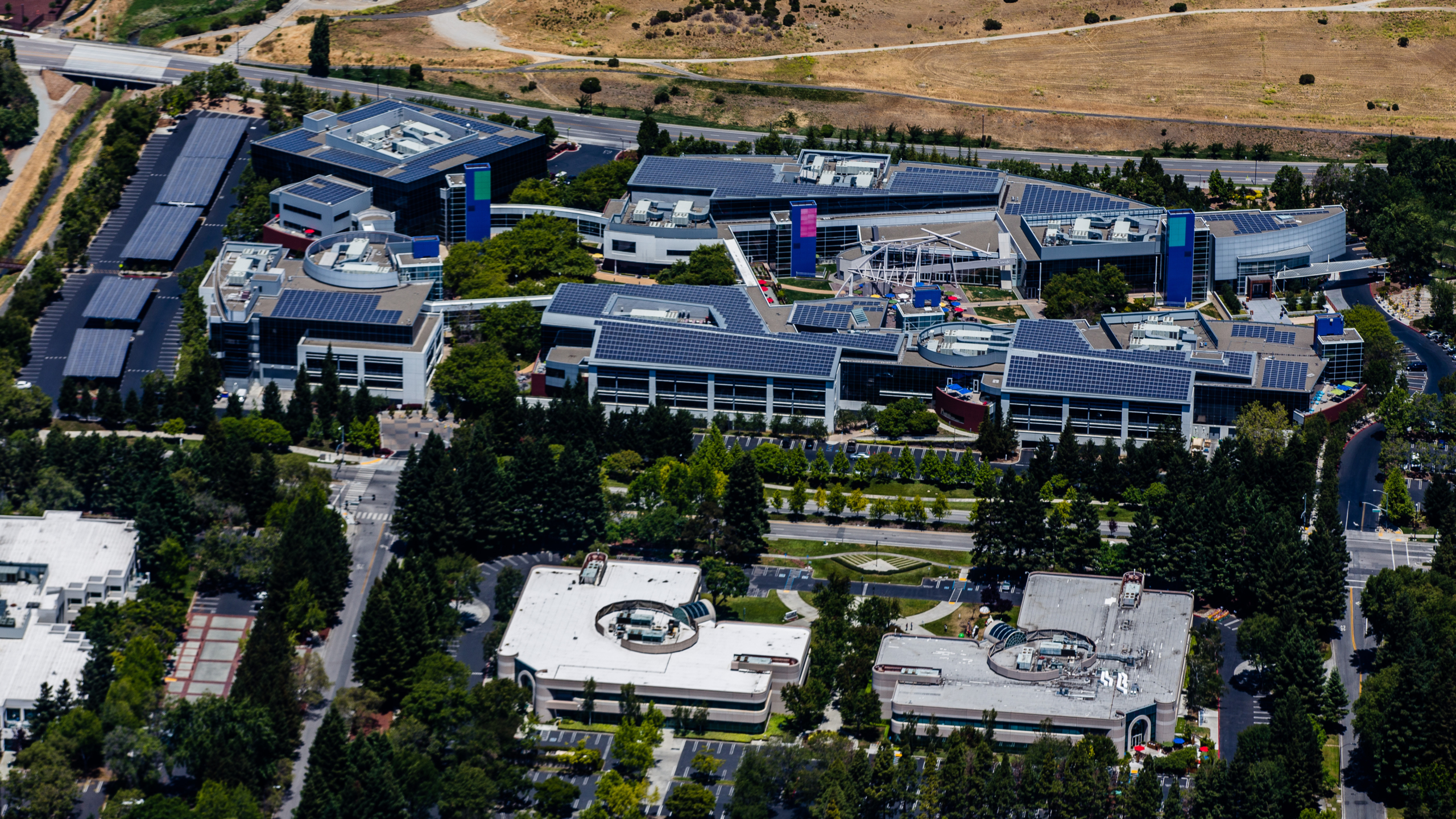 Over the last three decades, technology has profoundly influenced our lives, with a handful of tech firms, notably Alphabet and Meta, attaining substantial profitability. These companies play a pivotal role in shaping the future through technological advancements. However, their philanthropic endeavors, aimed at contributing to a better future for all, often go underappreciated. These are examples of how the cornerstones of modern-age technology firms are alleviating poverty.
Over the last three decades, technology has profoundly influenced our lives, with a handful of tech firms, notably Alphabet and Meta, attaining substantial profitability. These companies play a pivotal role in shaping the future through technological advancements. However, their philanthropic endeavors, aimed at contributing to a better future for all, often go underappreciated. These are examples of how the cornerstones of modern-age technology firms are alleviating poverty.
Alphabet (Google)
As the leading powerhouse in the search engine industry, according to Forbes, Google has established itself as the second-largest brand in the world while turning in $279 billion in revenue as of 2023. Google has been actively involved in philanthropic initiatives through Google.org, its charitable arm established in 2005. The organization has engaged in various poverty alleviation projects across the globe. Google.org has invested more than $250 million into closing educational gaps worldwide, especially in impoverished areas. This includes supplying technological resources to facilitate learning, a collaboration that extends to partnerships with entities like Khan Academy.
Furthermore, the organization has contributed to economic empowerment across countries in the Middle East, Asia and Africa by supporting those who suffer from systematic barriers as small to medium-sized business owners. One of Google’s more recent contributions is a $5 million grant provided to underserved businesses worldwide during the peak of the COVID-19 pandemic. Google.org is an example of how technology firms are alleviating poverty by supporting various communities. This support includes ensuring access to education and fostering financial stability, which helps to lift households out of poverty.
Meta
Recently rebranded from Facebook, Meta holds significant control over media consumption through platforms like Instagram, Facebook and WhatsApp. The multinational technology company has expanded its philanthropic efforts through the founders, Mark Zuckerberg and his wife, Priscilla Chan. Having pledged to donate more than 99% of their fortune throughout their lifetime, estimated to be around $45 billion, the couple established the Chan Zuckerberg Initiative (CZI) in 2015.
The initiative has become an important player in lobbying U.S. legislators, leveraging its substantial funding to address social issues on a global scale. Furthermore, it has given away more than $4.9 billion in grants to various nonprofit organizations globally, with a keen focus on medical research, which can positively contribute to impoverished communities across the globe by improving living standards.
CZI contributes significantly to the fight against poverty by making global venture investments in emerging companies. These investments aim to alleviate poverty through research and innovation, particularly in the discovery of new techniques to establish food security and ensure equal access to education on a global scale, leveraging the power of technology.
While it may be challenging to entirely separate the philanthropic motives of tech firms from their corporate social responsibility branding, potential tax breaks and other benefits, it is nonetheless encouraging to see these companies actively alleviating poverty through generous donations and efforts aimed at creating positive change.
– Matthew Fung
Photo: Wikimedia Commons

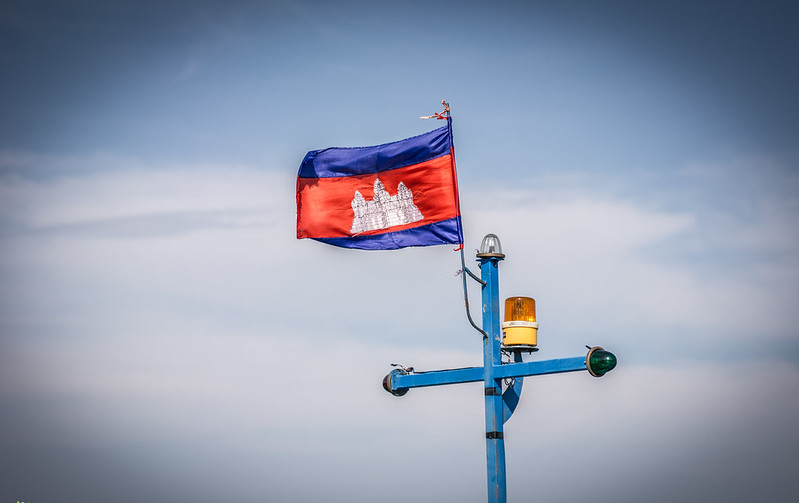 Prime Minister Hun Manet of Cambodia at the United Nations (U.N.) General Assembly in September 2023 stated “My government is committed to taking transformative actions…The five key priorities are people, roads, water, electricity and technology – especially digital technology to address the fourth industrial revolution and digital transformation of Cambodia’s economy.” Furthermore, he highlighted the importance of Cambodia’s digital innovation and the
Prime Minister Hun Manet of Cambodia at the United Nations (U.N.) General Assembly in September 2023 stated “My government is committed to taking transformative actions…The five key priorities are people, roads, water, electricity and technology – especially digital technology to address the fourth industrial revolution and digital transformation of Cambodia’s economy.” Furthermore, he highlighted the importance of Cambodia’s digital innovation and the 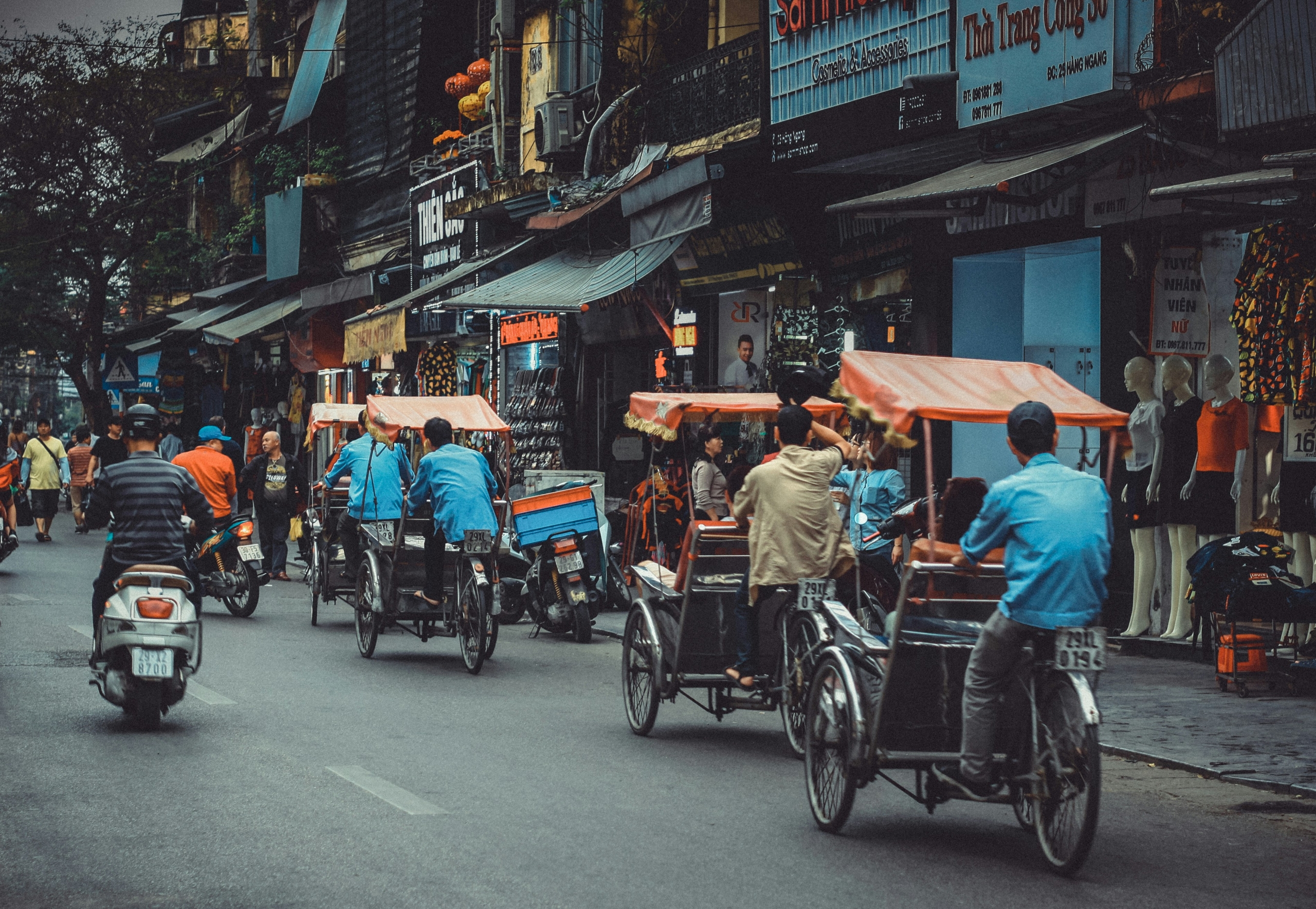
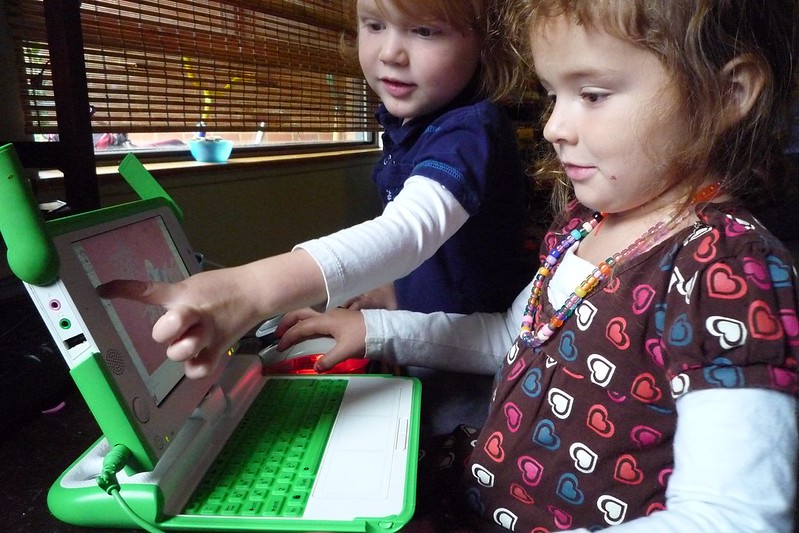
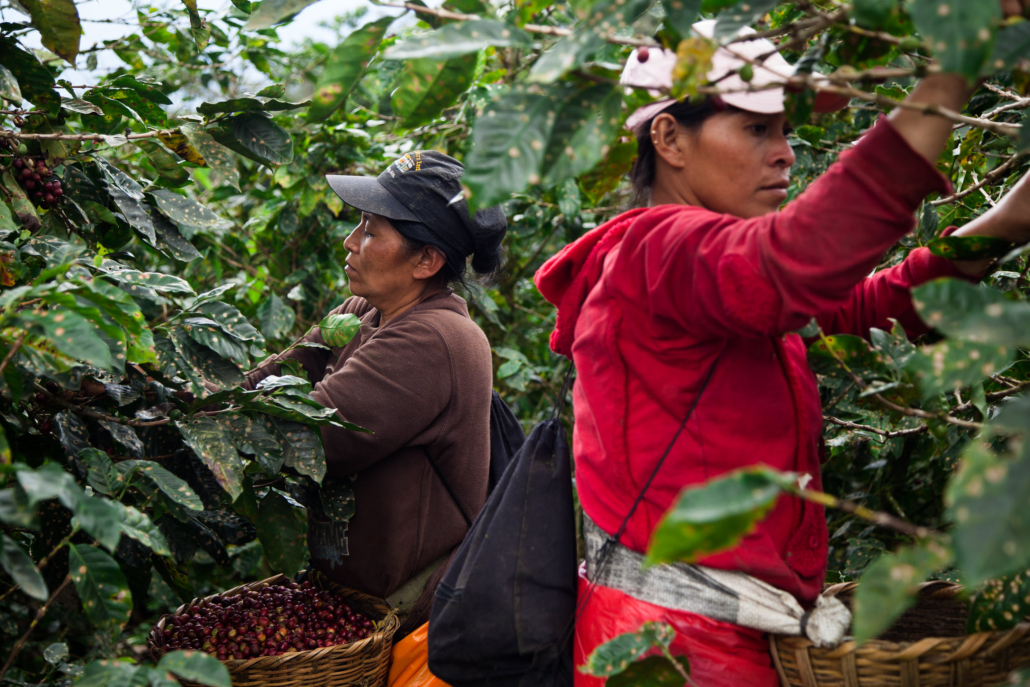
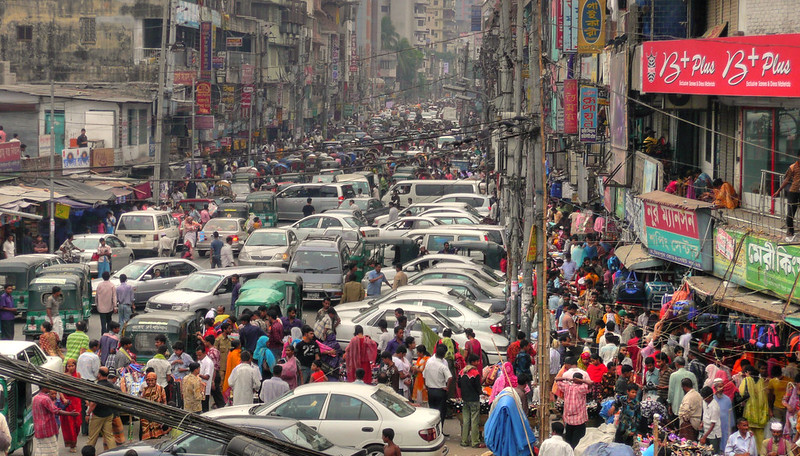
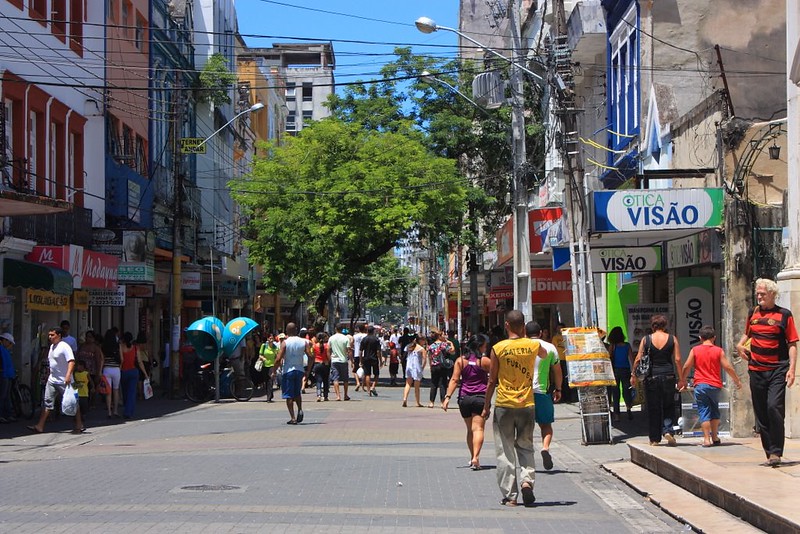 The global report on the State of Food Security and Nutrition in the World, released by five specialized agencies of the United Nations (U.N.), revealed that between 2020 and 2022,
The global report on the State of Food Security and Nutrition in the World, released by five specialized agencies of the United Nations (U.N.), revealed that between 2020 and 2022, 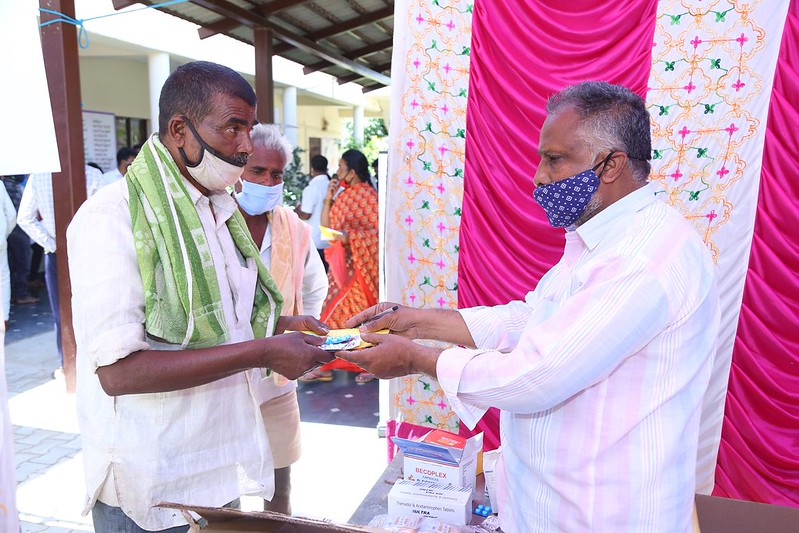 In India’s vast and diverse health care landscape, technology emerges as a powerful tool to bridge the existing gaps, especially for the rural poor grappling with the challenges of poverty. As India endeavors to provide comprehensive medical care to all its citizens, leveraging technology for rural health care becomes imperative and a lifeline for those living on the fringes.
In India’s vast and diverse health care landscape, technology emerges as a powerful tool to bridge the existing gaps, especially for the rural poor grappling with the challenges of poverty. As India endeavors to provide comprehensive medical care to all its citizens, leveraging technology for rural health care becomes imperative and a lifeline for those living on the fringes.
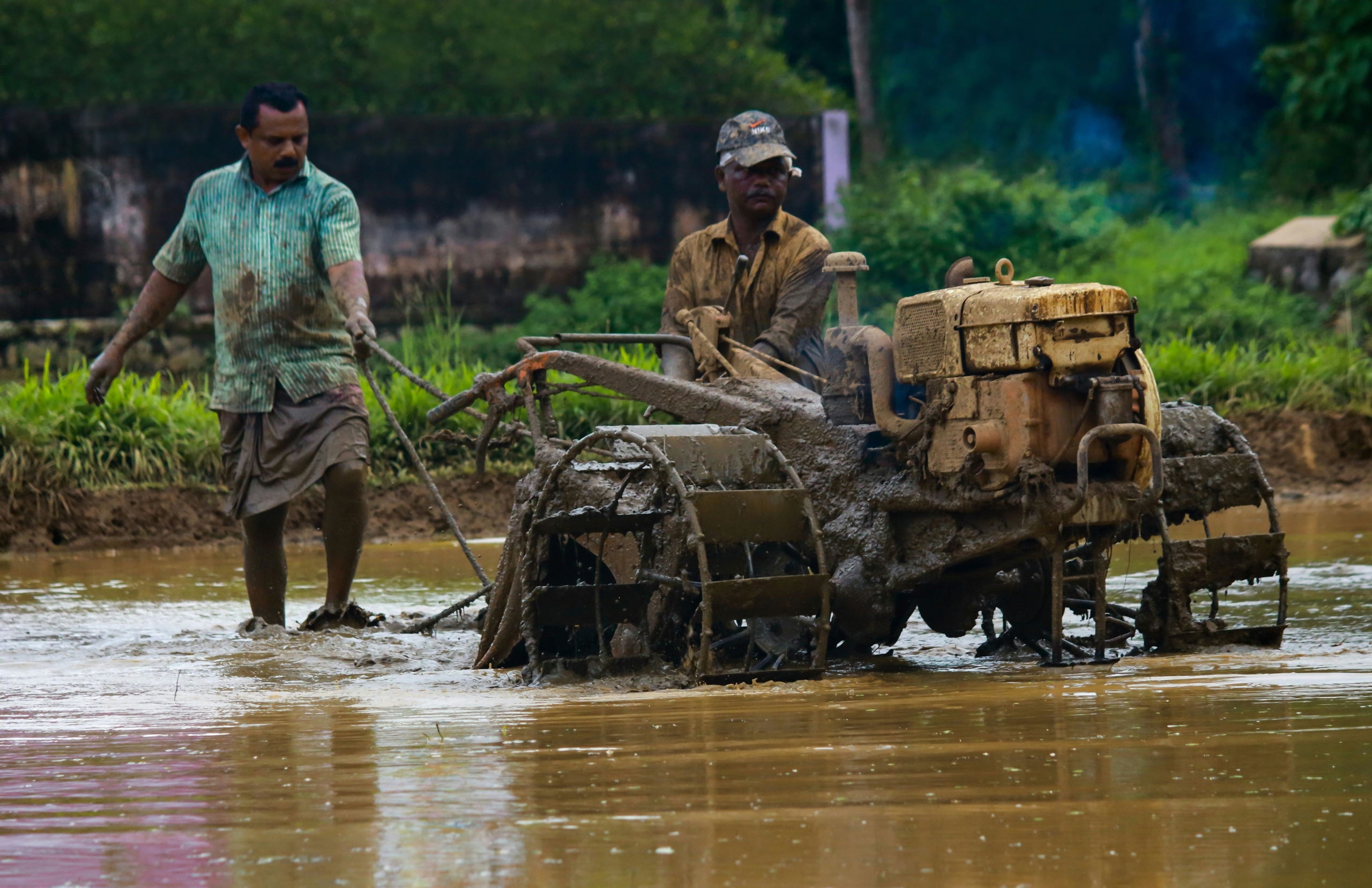 With a rapidly growing human population and dependency on agriculture, it is more apparent than ever how crucial agricultural technologies are to help end global poverty.
With a rapidly growing human population and dependency on agriculture, it is more apparent than ever how crucial agricultural technologies are to help end global poverty.